
All categories
Featured selections
Trade Assurance
Buyer Central
Help Center
Get the app
Become a supplier

(18446 products available)
















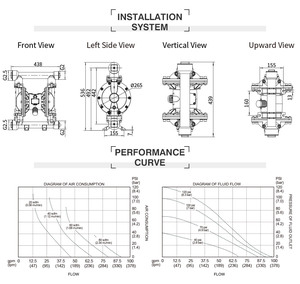






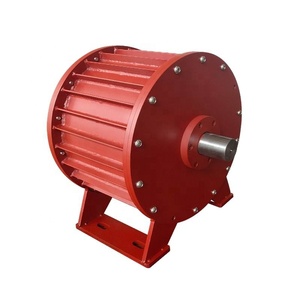

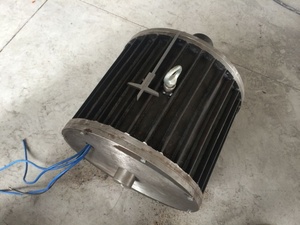











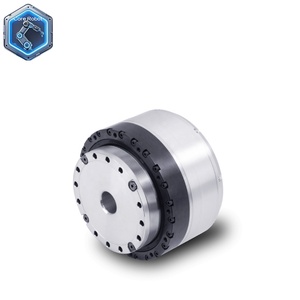









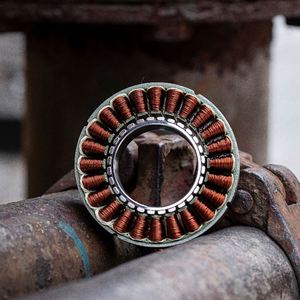
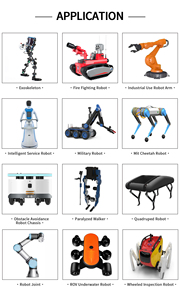



DC Dynam Motors
A dc dynam motor uses direct current to function and includes a commutator and brushes. Dc dynam motors produce variable torque and speed and are therefore widely applied in various fields. They are notably present in construction equipment where speed control is imperative. The adaptability of these motors to different power sources makes them suitable for both small- and large-scale operations.
AC Dynam Motors
Alternating current dynamo motors have simpler constructions as usually realized in the asynchronous (induction) and synchronous types. They are normally powered by an AC power source, often a grid network. AC dynam motors produce a constant speed and are commonly used in large power applications like electric propulsion. Induction dynamo motors have the benefits of being rugged and cost-effective.
Brushless Dynam Motors
Brushless da motors are operationally more efficient since they remove brushes from the design. This eliminates the wear associated with brushes. In addition, trickling through a reliable means of control enhances the system's efficiency. These are used in aerospace and electric cars, where maintenance-free and high-efficiency motors are necessary.
Step Dynamo Motors
Dc stepper motors are a subtype of dyno motors that drive in discrete steps. This feature permits very accurate positional control. Step dynam motors are mainly used in applications like 3D printing and CNC (Computerized Numerical Control) machining. In these applications, the precision of movement is key to the process. Their capability to function well in open-loop systems distinguishes them from other dc motors.
Energy Generation and Backup Power Systems
One common application of the dynam motor is in generators, where it operates as a dynamo. DC dynam motor provides energy in hydroelectric and wind power systems when the operating dynamo motor is converted into an alternator. This makes the dyno motor crucial in the creation of renewable modes of energy. Besides, dc dynam motors are applied in uninterruptible power supply (UPS) systems to give emergency power when there is a blackout.
Automotive Systems
Dynamo motors are common in automobiles, particularly in internal combustion engine (ICE) vehicles. They are fitted into alternators. An alternator is a small dc motor that converts mechanical energy from the engine into electrical energy. The electrical energy is then used to power vehicle systems. The alternator also charges the vehicle's batteries, ensuring that the battery is not depleted.
Industrial Equipment and Heavy Machinery
Dynamo motors are integrated into heavy machinery and industrial equipment to power hydraulic systems and compressor engines. These are just a few examples of where the dynam motor is crucial in operational efficiency. Its applications here extend beyond simple mechanical tasks. This is because the precision and durability of dynam motors lead to long-term savings through decreased downtime.
Transportation and Rail Systems
In rail systems, dyno motors convert traction power into electrical energy to drive the trains. They are integral to electric and hybrid trains and help kinetic energy recovery during braking. Dyno motors are also applied in various transportation sectors, including marine vessels and aviation. This is more so where they provide auxiliary power or assist in propulsion. For instance, DC brush motors are often used in small motors in aircraft.
Telecommunications and Electronics
Dynamo motors are used to generate the level of voltage required to operate various electronics, especially in older systems. For example, they power vacuum tubes in old radios and televisions and used to produce electrical currents in early electronic devices. These applications have since been replaced by smaller and more efficient motors. However, the basic dynam motor principles still find applications in current electronic systems.
Power Output
Dynamo motors come with different power ratings depending on their application. For instance, a small dc motor for robotics may only produce a few watts. On the other hand, large industrial dynam motors output up to megawatts.
Speed
Most dynam motors have operational speeds measuring between 1,500 and 3,600 revolutions per minute. The speed also depends on the motor's type and the load it is driving. Brushless motors, for instance, have constant high-speed operation.
Torque
Torque produced by a dynam motor varies widely, ranging from a fraction of a newton-meter to several thousand newton-meters. This is dependent on the motor type and intended application. DC motors produce variable torque, while AC motors provide constant torque.
Voltage Rating
Dynamo motors run on various voltage levels, which can be as low as 6 volts for portable devices or high-up 10,000 volts for large industrial or power generation applications. Operating voltage usually depends on the motor type and application.
Regenerative Braking
Regenerative braking allows for energy that was previously lost during braking to be captured and reused. This feature is commonly found in electric vehicles and trains. DC brushless motors in these vehicles and trains can convert kinetic energy back into electrical energy, which then recharges the battery.
Variable Speed Control
This control is the main reason DC dynam motors are popular in many applications. Variable speed control enables the motor speed to be adjusted to fit specific requirements. For instance, a dynamic treadmill motor will adjust the speed to suit a given user.
Compact Design
Many modern dynam motors are compact, making them easy to incorporate into tight spaces. This design is common with brushless and stepper motors. The compactness makes these motors favorable for portable devices and advanced robotics.
Low Maintenance
Dynamo motors, particularly brushless and AC motors, need relatively low maintenance. Maintenance is low because there is no brush wear to factor. This makes them particularly useful in remote locations or applications where routine maintenance is logistically complicated.
Power requirements
The power requirement should be a critical considering factor. One must consider the voltage and wattage level the motor needs to provide for the operation. Large appliances, for example, require motors with higher voltage and wattage levels. On the other hand, smaller devices will work just fine with lower power requirements.
Energy efficiency
Energy efficiency is another factor to consider, especially if operating costs are to be minimized. Generally, dyno motors power generators have higher energy efficiency than their counterparts. This is particularly the case with brushless and AC motors. One should also consider the motor's NEMA efficiency classes to ascertain this aspect.
Workability with frequency inverters
Manufacturers construct frequency inverters to vary speed and enhance motor control. This is particularly so for AC and some DC motors. Therefore, when selecting a dynam motor, one must consider whether or not the motor works with frequency inverters. Doing this ensures operational flexibility and efficiency.
Speed and torque
Speed and torque are key features in determining the performance cut effects of a motor. One must consider the required motor speed range for their application. Ensure the dynam motor is capable of providing the required torque. DC motors are commonly known for providing variable speed. This makes them favorable for applications requiring precision control.
Installation and alignment
Manufacturers normally install some dynam motors directly onto shafts. Others have more complex installation requirements. Therefore, one must consider the installation ease and alignment of the dynam motor. Is it complicated or straightforward? For complex dynam motor installation, one must assess the resource implication for successful installation.
The maintenance required for these motors depends on the type of dynam motor. For example, they should be lubricated regularly to ensure the mechanical components operate smoothly. Moreover, the brushes in DC dynam motors should also be inspected frequently to ensure they are not worn out. Conducting routine electrical tests also helps in identifying potential issues early enough before they escalate into major problems.
Some of the operational factors that affect the motor's performance include load variations. For instance, sudden load changes can cause stress on the motor system. Ambient temperature is also conning since extreme temperatures can either decrease or increase one’s motor efficiency. Electrical fluctuations can also cause motor overheating and, thus, the need for proper voltage regulation.
Wear and tear are the most common signs a dyno motor requires replacement. A good example is when DC motors experience commutator wear. Frequent overheating and strange noise are also indicators of the motor's imminent replacement. Frequent breakdowns and reduced operational efficiency are other signs of this motor's requirement for replacement.
Yes, though they perform differently. A dynam motor produces current using mechanical energy. On the other hand, an alternator, which is a small dc motor, generates current using magnetic fields. This is the reason Dynam motors are considered older technology than alternators.
Yes, These motors are commonly used to provide propulsion and power electrical systems in electric cars. For instance, they help to convert kinetic energy back into electrical energy during braking.